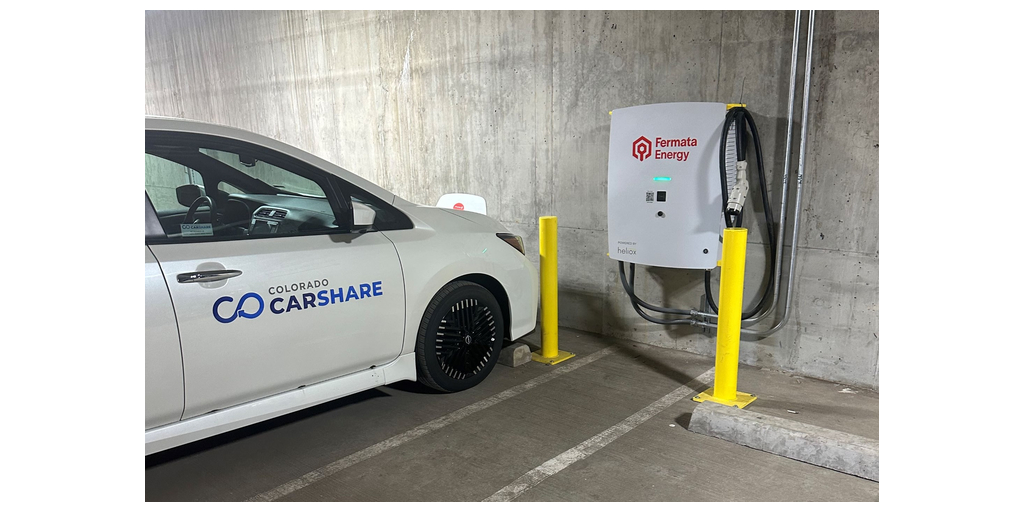Sign up for daily news updates from CleanTechnica on email. Or follow us on Google News!
About 57% of the electricity currently generated by power stations in the US could be satisfied by harnessing the motion of waters within the nation’s Exclusive Economic Zone, if only someone could figure out how to get their hands on all those clean kilowatts. That day is coming closer. The latest development involves a gigantic wave energy harvesting device, now getting its shakedown cruise at a US Navy test site in Hawaii.
Wave Energy: On Beyond Offshore Wind
Wave energy devices are part of the growing field of marine energy, which includes tidal energy devices and other energy harvesting technologies that leverage the ambient flow of water currents, including inland rivers and canals as well as ocean waters. The basic idea is to harvest the kinetic energy of the waters of the Earth, aided by wind, the Moon, or gravity.
The devil is in the details, but the Irish firm Ocean Energy Group is among those working to overcome corrosion, bad weather and other obstacles between wave energy converters and the commercial market. Scale and cost are also significant hurdles for a new industry that has yet to develop a mature, efficient supply chain.
I had an opportunity to get a more nuanced picture of the cost factor at the 2023 Ocean Energy Conference in The Hague last October. Instead of a narrow focus on achieving a lower cost than other energy technologies, marine energy stakeholders at the event emphasized that special circumstances can tip the balance in favor of wave or tidal energy.
The classic example would be an island or coastal community where demand for clean power is high, land for renewable energy development is low, and opportunities for offshore wind turbines are limited, but wave or tidal energy (or both) are abundant.
Wave Energy Scales Up
CleanTechnica began dipping into the marine energy field back in 2008, when the unfortunate fate of the ambitious Pelamis tidal energy project put a damper on everyone’s spirits. That didn’t last long. In 2009, a slew of new wave and tidal projects crossed the CleanTechnica radar, though many were still in early stage development and not nearly as ambitious as the Pelamis project (see more wave and tidal energy background here).
Going by the talk at the Ocean Energy Conference, 2024 is finally going to be a breakthrough year for the marine energy industry. That remains to be seen, but signs of new activity have been stirring among various marine energy stakeholders, including Ocean Energy Group.
Last week, Ocean Energy Group announced that its US branch, Ocean Energy USA, has deployed its OE-35 wave energy converter at a marine energy test site in Hawaii under the wing of the US Navy.
The massive, 1.25-megawatt, 826-ton wave energy converter is the size of a barge, which is a sharp contrast with the relatively modest scale of most of the wave energy converters to cross the CleanTechnica radar. Big as it is, though, the OE-35 is configured as a buoy, and buoys have emerged as a preferred setup for wave energy converters.
What Do The US Marines Want With Wave Energy?
If you’re wondering how the OE-35 ended up at a US Navy facility in Hawaii, that’s a good question, and there is a multi-part answer. As the home of significant permanent US military facilities, Hawaii has plenty of incentive to cut itself free from dependence on expensive shipments of fossil fuels. Opportunities for offshore wind farms and onshore renewable energy development are limited, but wave conditions around parts of Hawaii are optimal.
That explains why the US Navy and Marine Corps set up a marine energy test site at Oahu fourteen years ago, located north of Mōkapu Peninsula, at Marine Corps Base Hawaii in Kaneohe Bay.
“The nation’s first ever grid-connected wave energy system went online this week, at Marine Corps Base Hawaii, in Oahu,” CleanTechnica noted back in 2010. Then-Secretary of the Navy and clean energy fan Ray Mabus marked the occasion, stating that the test site “demonstrates the Navy and Marine Corps commitment to lead the country toward a new energy future.”
The WETS facility, as it is known, has been expanded and upgraded over the past 14 years, with assistance from the US Department of Energy as well as the Defense Department.
The Long Road To A 1.25-Megawatt Wave Energy Converter
This is actually not Ocean Energy’s first trip around the block in the US. Ocean Energy Group has been hammering away at the marine energy field since 2001, using a test site in Ireland at Galway Bay. In 2014, the firm began working with the US Department of Energy on deployment stateside. An initial version of the wave energy converter made an appearance at the WETS site in 2017, and in 2019 the firm launched a 500-kilowatt version at WETS.
Though less than half the capacity of the latest iteration, the 2019 version was described as “a scale of which has never been seen in the United States,” by the Energy Department.
“One of the buoy’s most distinguishing features is its 35-meter, 826-ton hull, which was fabricated throughout 2019 by Oregon-based Vigor, a ship building and maintenance company that designs, tests, and constructs navy stealth boats, combat ships, barges and more,” the Energy Department noted.
For the record, Vigor was also instrumental in developing the turbine and generator power take-off system along with Siemens Government Technologies.
Finally, More Marine Energy For The US
Five years later, the new 1.25-megawatt utility-scale version is ensconced at the WETS site, awaiting commissioning with a helping hand of $12 million jointly from the Energy Department and the Sustainable Energy Authority of Ireland.
Ocean Energy CTO Professor Tony Lewis describes the new deployment as “a major step towards commercialization,” so stay tuned for more updates as the OE-35 hooks up to the Hawaii grid.
That will also be a major step forward for the US offshore energy field. The offshore wind industry is finally shaking off the cobwebs, and adding wave and tidal energy would be the icing on the offshore cake.
The stakeholder comments I collected at the Ocean Energy Europe Conference last year emphasized that wave and tidal energy devices are their own thing, with their own specific technologies, challenges, and supply chains. These devices can complement offshore wind farms and offshore floating solar arrays, though, so keep an eye out for multi-use offshore energy projects.
Follow me via LinkTree, or @tinamcasey on Threads, LinkedIn, and Instagram.
Photo (cropped): In a huge step forward for marine energy, a massive, 1.25-megawatt, 826-ton wave energy converter will be hooked up to the grid in Hawaii this year (courtesy of Ocean Energy).
Have a tip for CleanTechnica? Want to advertise? Want to suggest a guest for our CleanTech Talk podcast? Contact us here.
Latest CleanTechnica.TV Videos
CleanTechnica uses affiliate links. See our policy here.
CleanTechnica’s Comment Policy



